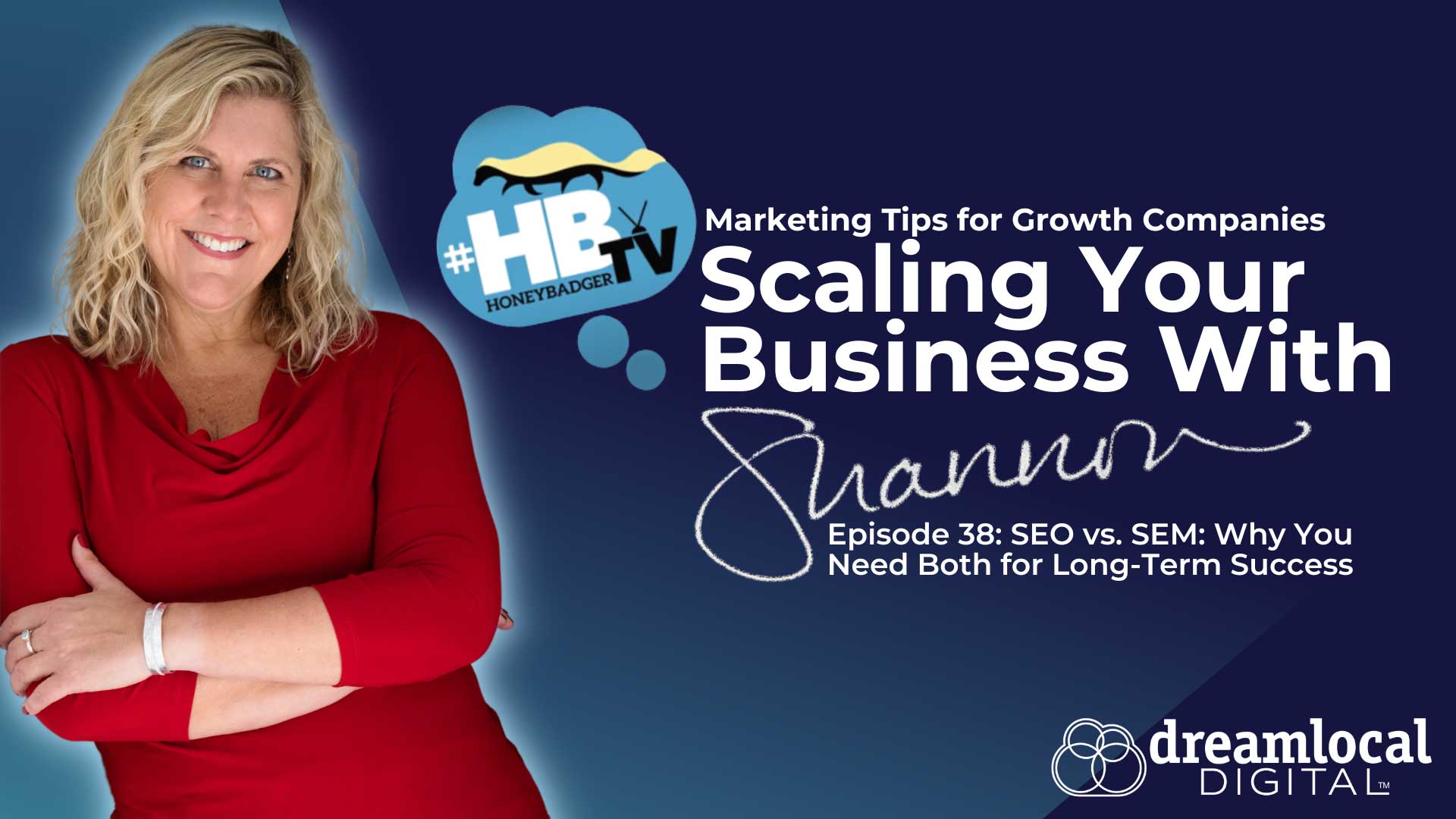Facebook Marketplace: A Deceptively Humble Beginning?

The Marketplace is Open
All by itself, Facebook’s new Marketplace – essentially free classified advertising for Facebook users – is pretty boring stuff. Craigslist, the leading U.S. classified advertising site, was founded in 1995, and dozens of similar sites exist in the U.S. and around the world.
It will be a lot more interesting to see how Facebook’s Marketplace evolves. You can bet there’s something bigger afoot than just another free classifieds website.
Built into the iOS and Android Facebook apps, the Marketplace tool Is slick. Click on the storefront icon at the bottom of your screen in iOS or near the top of the screen in Android, and you can instantly begin scrolling through stuff for sale within a 40-mile radius, and it’s easy to expand or contract the radius. You can scroll through everything or select categories like tools, appliances, video games, jewelry and accessories, cars and even housing.
When you’ve got something to sell, just click the Sell button, which takes you to your camera roll, where you can either use existing photos of whatever you’re selling or take new ones. Add some text details and an asking price, and you’re pretty much set.
Like Craigslist or newspaper classifieds, the Marketplace app doesn’t deal with the transactions or delivery. That needs to be arranged between buyer and seller. Unlike Craigslist, however, a personal Facebook profile is linked to both the seller and buyer, adding a layer of security that Craigslist doesn’t provide when you show up in a strange neighborhood to buy a used dirt bike from someone you don’t know.
This isn’t Facebook’s first foray into peer-to-peer selling. Its original Marketplace product launched in 2007. It was moved to the Oodle online selling platform in 2009, but that effort ended in 2014. Last year, Facebook added a “For Sale” option inside its Groups. Which brings us to 2016 and the opportunity to create a sales network for 1.7 billion Facebook users.
The social media giant has already hinted at what’s to come. It told TechCrunch that once the user experience is fully developed, it will look at allowing businesses to sell in Marketplace and look for ways to monetize it. That could mean charging people to place ads or, like Craigslist, only charging for ads in certain categories like real estate and autos.
What comes after that? It’s a good bet somebody at Facebook is thinking about taking on e-commerce sites like Etsy and EBay, which cater to small and medium-sized businesses with consumer products to sell. That would require an easy-to-use transactions platform and more involvement in protecting both buyers and sellers from fraud. Think about an Etsy-type e-commerce site built into Facebook and taking advantage of Facebook’s sophisticated advertising set-up. That’s a powerful combination for small business.
After transactions are built into the system, would integration with delivery services be far behind?
And let’s not forget about the inventory data Facebook is building as people place items for sale. What’s the average going price for a used, iPhone 6? How many are for sale? Where are they most popular? Who sold an old couch? Did he buy a new one? Does it mean he’s moved into a new home? There are plenty of ways to correlate and use that kind of buying and inventory information. Just ask Amazon.
The current iteration of Facebook Marketplace is similar to classified marketplaces we’ve seen before. But we’ll be watching as it grows – and so should everyone involved in the sale or marketing of consumer goods. The potential for small business alone makes Marketplace worth your attention.
Newsletter Signup
Stay up to date on the latest digital marketing news, updates, and more. Sign up to receive our newsletter!




